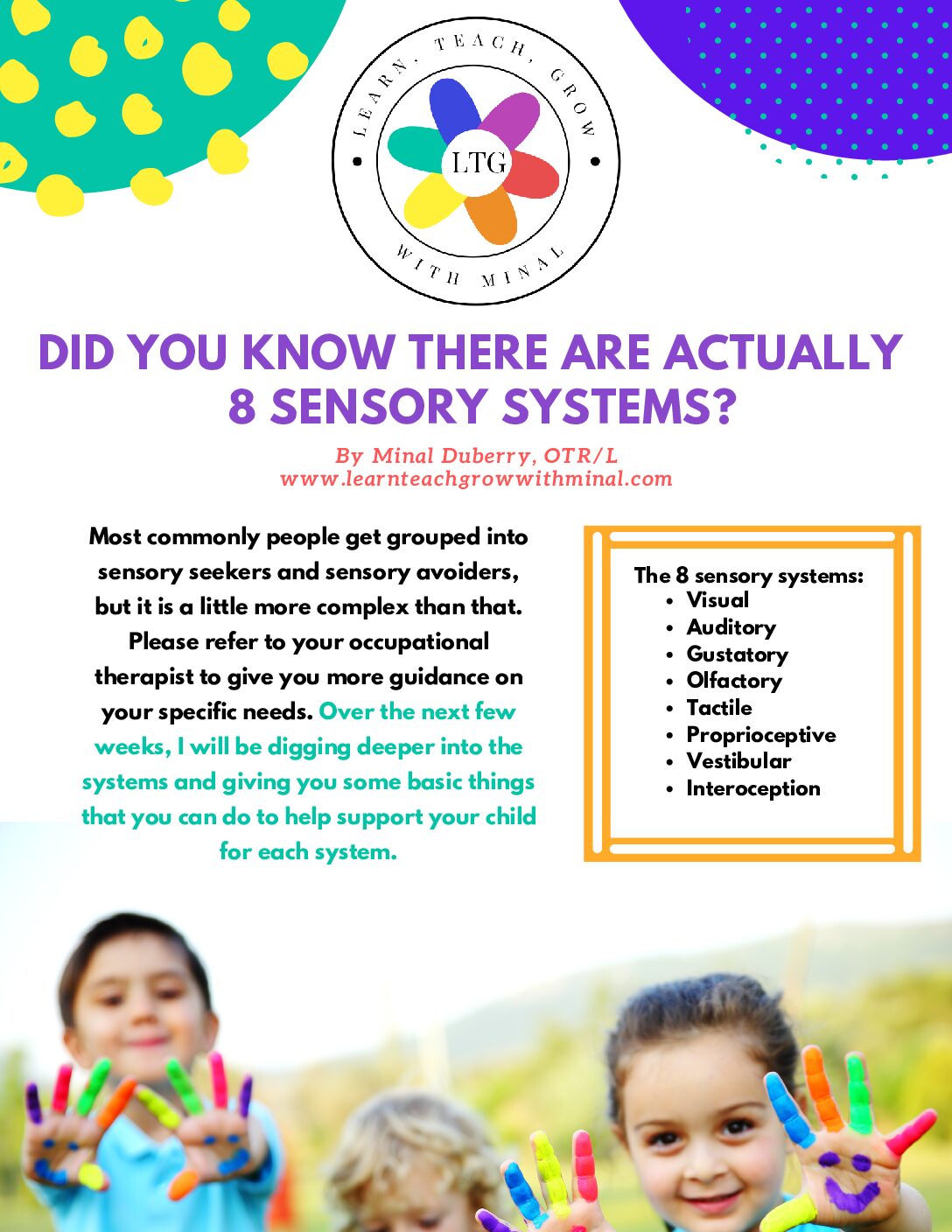
Top 4 Sleep- Saving Tips for Moms

Have you ever wished you could wave a magic wand and viola-magically your child becomes a great sleeper? Do you often wonder why some kids are great sleepers and others pull all nighters regularly? I know this is a topic that so many parents struggle with and I would love to share some helpful ideas to help create a great sleeper out of your child.
If you are struggling to get your child to fall asleep or stay asleep I can help you. Over the years I have worked with hundreds of families on sleep training and have learned that there are some common things that you may not realize that can affect your child’s sleep. There are so many factors that go into how well the child sleeps- is their space too hot, do they need to be swaddled, are they too stimulated before bed, or does their bed/crib need to be modified to accommodate them? While I can’t go into all the strategies and factors I have encountered or come up with, I have narrowed it down to the most common things that you can start with to improve your child’s sleep.
Here are my top four tips to help create a better sleeper:
-
Limit screen time before bed. One of the number one pieces of advice I give to all my families- turn off all screens- phone, tv, tablet, etc at least 1 hour before bed, 2 if your child is having trouble with sleep. Yes, all screens!! Replace screens with soft music or classical music in the background.

Why do I say this? Light affects the pineal gland and the screens we watch have a lot of blue light that simulates daylight.
What is the pineal gland you ask? It is the gland that is part of the endocrine system, located in the center part of the brain, that controls melatonin and sex hormone production. Melatonin is the sleep hormone and the hormone that regulates circadian rhythms. Circadian rhythms are that body’s natural way to control your sleep and wake cycle. Melatonin production is amped up at night and is directly related to the amount of light you receive at night- the more light before bed, the less melatonin which can affect your child’s ability to fall asleep and stay asleep. 
2. Keep the sleeping area dark. Most parents put a night light on in the room for their kids, but did you know that little light can affect the production of melatonin which in turn affects the quality and length of sleep for your child. So try room darkening shades, removing that night light from their room or at least placing it in an area of the room where it won’t provide direct light for your child.
3. Keep the night time routine predictable and short. If you don’t tend to have a bedtime routine for your child, you can start by incorporating soft classical music in the background, reading a couple of books, and/or snuggling with your baby while singing some lullabies. If you already have a routine but feel like it takes an hour to put your child to sleep. Take a look at what your bedtime routine entails. If you find yourself reading 5-7 books, singing an entire album worth of songs, and falling asleep before your child- Stop! Keep bedtime routines to no more than 30 minutes. Dim the lights 30 minutes prior to bed, read 1-2 books, a couple of songs, a few minutes of rocking in your lap, and then transfer your child while they are awake to their bed or crib.
4. Use a whitenoise machine or background music to help create deeper sleep. Using a whitenoise machine or classical music has helped many children get longer deeper sleep. If you notice that your child can take a nap while having a noisier background, then a whitenoise machine may be helpful for your child. For some kids having a quiet room is too hard for them to relax in. A white noise machine can also help to reduce ambient noises outside of the child’s room. The American Academy of Pediatrics recommends keeping a white noise machine at least 7 feet away from the sleeping area and below max volume to protect hearing. Some white noise machines also have heart beat settings which can be soothing to a child. If white noise is not soothing to your child, try some mellow classical music played on low volume in the background.
Try implementing these strategies to help your child become a better sleeper. Remember most things will take at least 3 days and up to two weeks depending on the child’s age, the older the child the longer the shifts in the routine take to actually take hold. 
Please respond in the comments to let me know if you tried any of these strategies and what worked for you. If you have more specific questions about your child I would be happy to set up a consultation to help you!

You May Also Like

Social Emotional Growth in the First Year
February 17, 2023